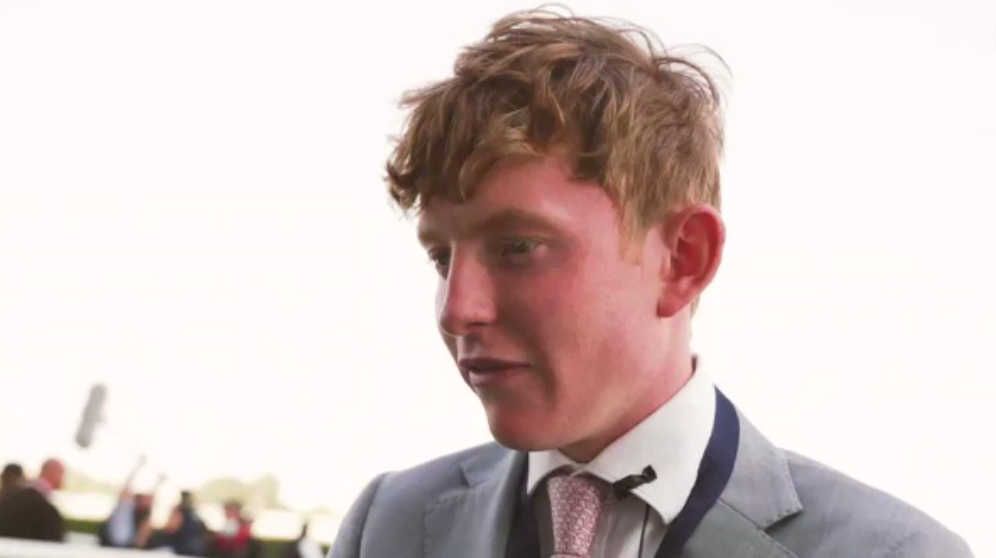We had the chance to talk with Tom Fanshawe, assistant trainer for James Fanshawe in Newmarket. He shared with us his experience with Equimetre, and how he integrated it into their daily work with horses.
Why have they decided to collect data? How do they use Equimetre? What results do they get?
Find out all the answers in this interview!
Can you introduce yourself?
I am Tom. We’ve been using EQUIMETRE for just over a year now.
Can you tell us about the main advantage you see in collecting data?
There are quite a few advantages. I think one of the things you assume, you know, when you look at a horse after they gallop, but especially when you see the data, there’s a lot more to it than just the initial recovery. It’s how long they recover for and how long it takes them to recover.
What is your data collection process and how do you analyse the data?
On work mornings, we can get two lots of work, try to separate it now. We can stick a kind of machine on every group, which tells you the pace they’re going. In terms of the collection, what is interesting is the pace. We like to see the speed graphs and obviously how the heart rate drops down after their work. It’s very difficult to see when you’re standing. You can see how they’re going when they go past you, but analysing the speed they’ve gone early on in the work. So you can paint a pitch for feedback to riders afterwards. I find it very useful as well. It’s nice to analyse the work and work out and exactly how much.
How do you work with your father?
Initially, he was very against the machines because he’s old school. Once he realised how much feedback you can get from the data, he hasn’t stopped asking me for the gallop results and how quick they’ve gone, kind of the three furlongs of the gallop. I think he’s gone from being very anti them to asking me, chasing me up for the data after every gallop.
What is your favourite feature or service?
I obviously find the fast recovery very useful. I think that gives you a very good idea of how the horse has handled the gallop. Stride length. Interesting. I think obviously you can paint, you can see with your own eyes how much they have, how well they’re moving. At the same time, it does help with regards to distances. You get a good idea from the pedigree, what trip they’re going to get. But sometimes, some horses use their stride length more efficiently over a certain trip. So especially the speeds, the last three furlongs. Obviously we try to make sure the work is sensible work.
Do you have a story about the data to tell us?
Yes, there’s been a couple of occasions, especially with the fast recovery, where there’s been a change in the fast recovery, it doesn’t quite fit in with our usual patterns. And there’s definitely been occasions where we’ve taken the decision to give a horse more time or, you know, choose a different option that we would originally go for.
What do you expect from EQUIMETRE for the future?
The EQUIMETRE Live is very good. What would be great is if we could have a product, when you’re standing up and watching the work, it can show you kind of the speed they’re going and the heart rate. You obviously can see the two at the moment, but obviously with the distance it makes it quite hard to see on the EQUIMETRE Live. So you can see how quick they’re going, in the work while watching it. That would be very useful, I think.
Keywords : Tom Fanshawe, James Fanshawe, data, EQUIMETRE, testimonial, equine technology, heart rate monitor

